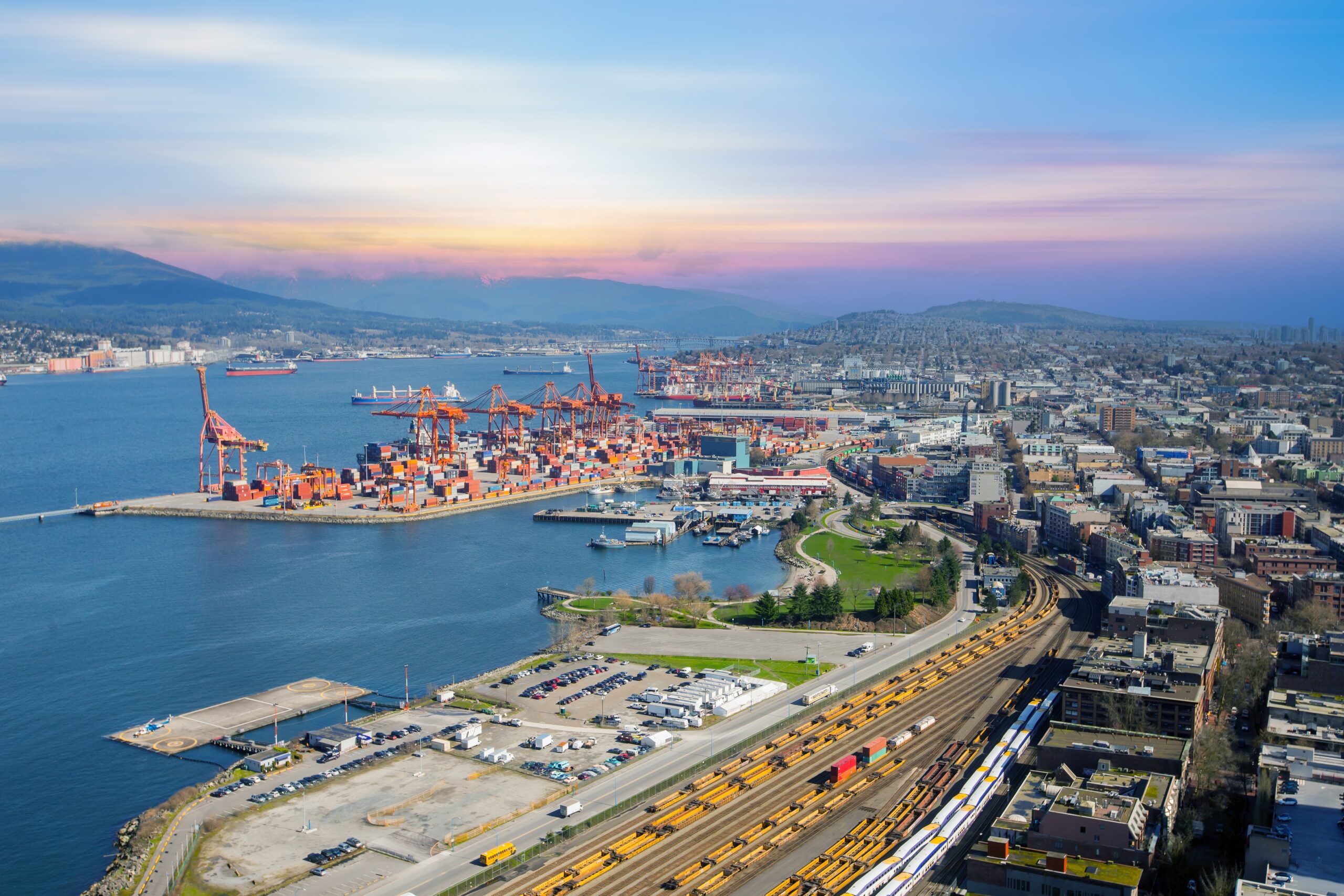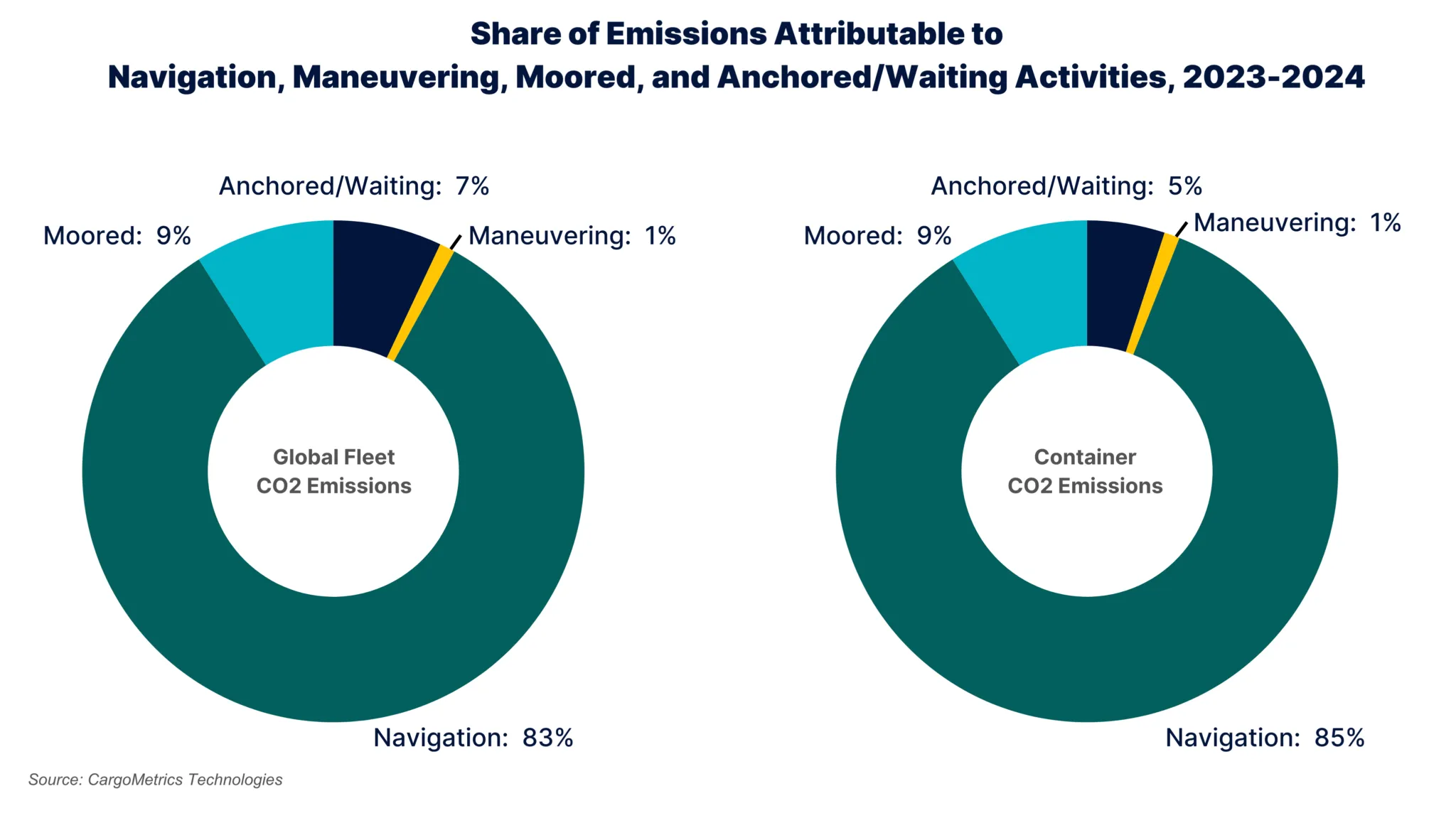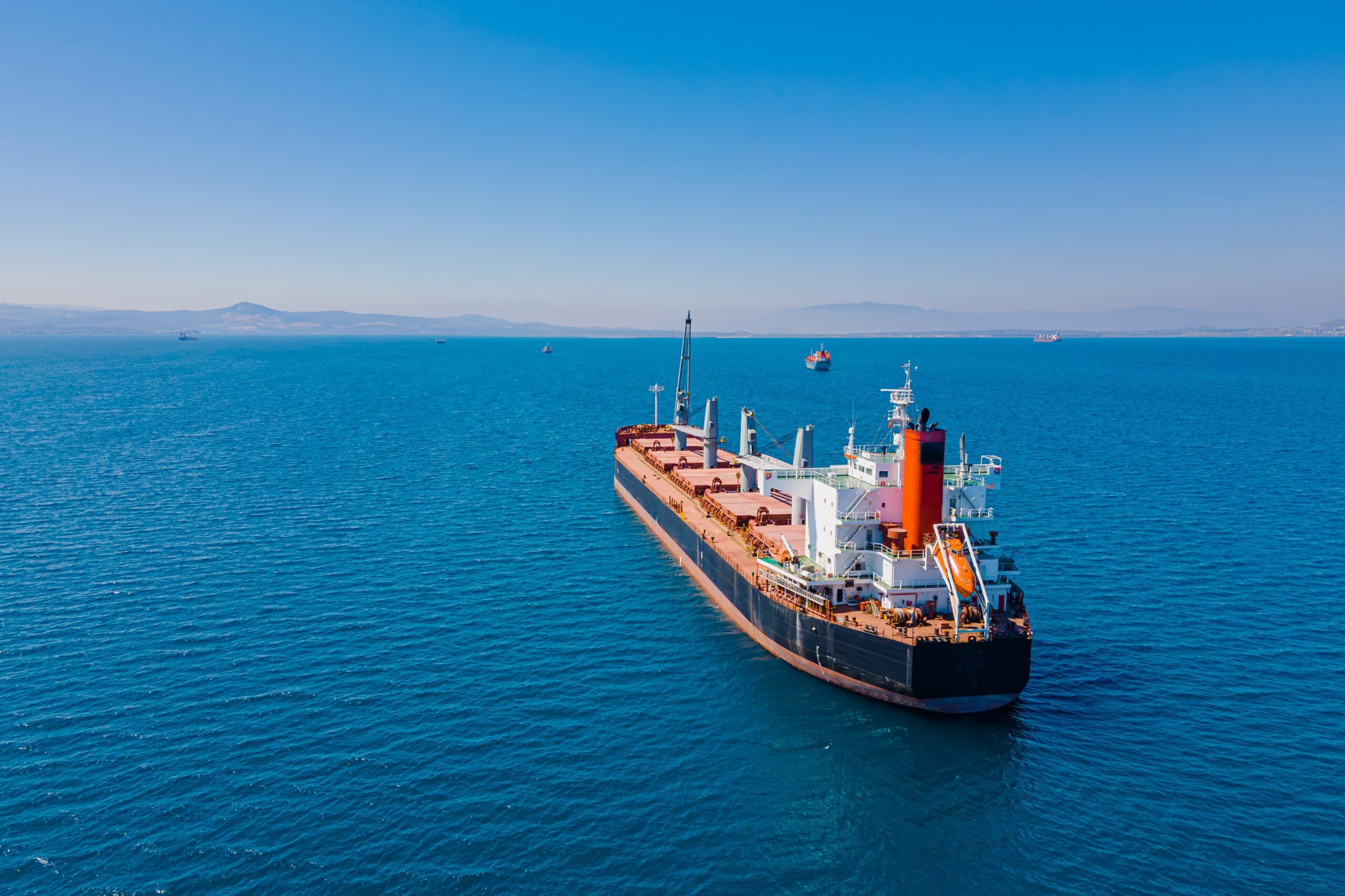Does Vessel Maneuvering Impact Maritime Emissions?

Weighing Vessel Maneuvering’s Emissions Contributions Against Safety Considerations
Occurring three years after the Ever Given incident that blocked the Suez Canal for six days, the containership Dali’s allision with the Francis Scott Key Bridge in Baltimore, Maryland on March 26th puts the spotlight on the complexities and risks associated with maneuvering large tonnage vessels through restricted areas, and the tradeoffs with decarbonization.
Led by the International Maritime Organization (IMO), the maritime shipping industry is increasingly focused on environmental policies, including stringent regulations and carbon tax initiatives. The maritime sector’s accelerated drive to reduce greenhouse gas (GHG) emissions prompts questions about how to weigh decarbonization against maritime safety.
Some vessel operators have responded to the industry’s push for emissions reduction by installing Engine Power Limiters (EPLs) to improve vessels’ efficiency during navigation and comply with the Energy Efficiency Existing Ship Index (EEXI). However, EPLs can significantly reduce vessels’ maneuverability, which is particularly risky in narrow channels when heading to or departing a berth. In contrast, in September 2023 the Houston Pilots warned that all vessels approaching the Port of Houston must be able to override their EPLs promptly in case of emergency. This would ensure the vessels have maximum power for maneuverability while approaching a berth – regardless of emissions considerations.
Maneuvering Has a Negligible Impact on Maritime Shipping Emissions
While the IMO acknowledges that certain situations present conflicts between ensuring safe operations and minimizing fuel consumption, maneuvering emissions are still considered in vessel efficiency calculations such as the Carbon Intensity Indicator (CII), and EU regulators include maneuvering emissions in the EU Emissions Trading System.
And yet, data from the global fleet shows that the act of maneuvering accounts for only 1% of CO2 shipping emissions. In contrast, navigation accounts for approximately 84% and moored, waiting, and anchored activities account for 15%.

Decarbonization and Safety
As the industry embraces new regulations aimed at curbing GHG emissions, it is crucial to question the significance of including emissions from maneuvering in the overall decarbonization efforts – particularly if such inclusion may put safe maneuvering practices at risk. Rather, the industry might consider how to address those shipping activities that contribute the most emissions.
For example, ship operators focusing on strategies related to navigation, such as optimizing for efficient speeds and weather and forecasting port congestion, and port authorities focusing on improving the efficiency of moored, anchored, and waiting activities can help address 99% of fleet emissions.
Removing maneuvering, representing 1% of fleet emissions, from emissions calculations may allow seafarers, typically under significant pressure to develop and execute energy efficient strategies, to be free to consider maneuvering as an operation in which the paramount focus is to secure the safety of ships and human lives.
CargoMetrics algorithmically detects and classifies vessels’ movements, enabling confident distinction between different vessel behaviors. This capability supports fuel consumption and CO2 emissions estimation during different voyage segments, including anchoring, berthing, maneuvering, and navigation.
For more insight into how vessel movement, behavior, state, and fuel consumption can affect GHG emissions, explore the Maritime Emissions Global Benchmark products and EU ETS Carbon Tracker recently announced by CargoMetrics. These are now available for licensing on AWS Data Exchange along with CargoMetrics’ commodity products.



